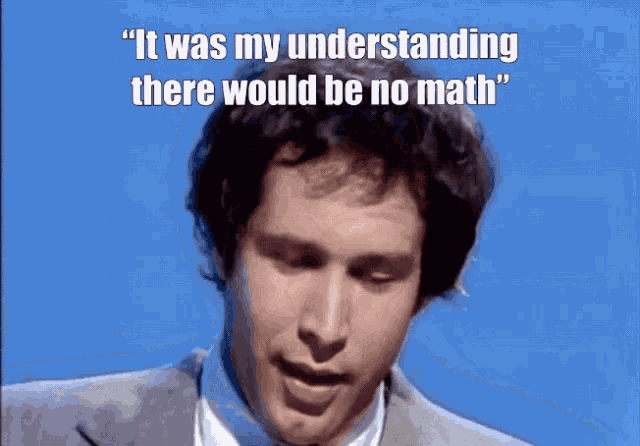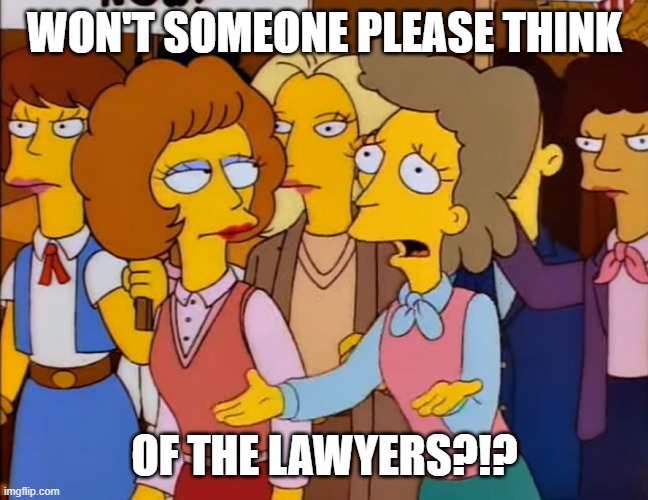There are all sorts of parties we might encounter in our day-to-day lives, dear readers; political parties, birthday parties, graduation parties… the list goes on and on.
But, in our beloved swamp of workers’ compensation the “party” is pronounced “par-tay” and the type of par-tay that gets everyone excited is the ex parte.
But we’ve had a long history of deciding what is and is not ex parte communication. Originally, ex parte literally meant only communicating with one party. But, as the same sick and distorted evolutionary track that yields the platypus, nature’s joke, ex parte in workers’ compensation means so much more than it should.
When touching on ex parte communication with a med-legal examiner, AME or QME, ex parte is defined under Labor Code section 4062.3 which details the procedures for what constitutes ex parte communication and what does not. For example, sending medical records to a QME at the same time as to opposing counsel could constitute ex parte communication, if it is before an examination.
But there are certain communications with medical-legal examiners which are NOT ex-parte. For example, 4062.3(f) holds “communications … relative to nonsubstantial matters such as the scheduling of appointments, missed appointments, the furnishing of records and reports, and the availability of the report, do not constitute ex pate communication in violation of this section unless the appeals board has made a specific finding of an impermissible ex parte communication.”
So, let’s look at a recent panel decision, Reynolds v. Hostess Brands, a recent panel decision. The WCAB adopted the WCJ’s report so we don’t have much guidance from the commissioners, but the facts present an interesting scenario with some concerning implications.
On its face, the Reynolds question asks – is correspondence regarding the payment of the AME or QME’s bills “nonsubstantial” as contemplated by Labor Code section 4062.3(f)? Therein, the AME requested pre-payment for a deposition, which defendant paid. However, when applicant’s counsel “sought to travel out of state to enjoy the MLB World Series” and requested a change in deposition date, the AME would not agree to refund the amount paid. Applicant’s counsel then claimed the amount paid for the deposition was “in excess of fee schedule” and, according to the WCJ’s opinion on reconsideration, “in no uncertain terms accused Defendant of paying fees in excess of the fee schedule to attempt to sway [the AME] to provide a more favorable opinion.”
Did defendant’s payment of the deposition fee constitute an impermissible ex parte communication because the payment was not copied to applicant’s counsel? Or was this a “nonsubstantial matter” as contemplated by Labor Code 4062.3(f)?
Well, the WCJ found that payment of a deposition fee is NOT “insubstantial” and applicant’s counsel should have been copied on the communication for payment.
The WCAB denied reconsideration and incorporated the WCJ’s opinion, with then net result of defendant having to pay for a whole new med-legal.
What can we take away from this? Well, for starters, it appears the WCAB is signaling to us that communications involving payment of bills, especially deposition fees, must be communicated to the other party. However, as the WCJ’s opinion notes, the parties are well within their rights under California Code of Civil Procedure section 2034.450(a), to issue payment at the commencement of the deposition, regardless of the polices of the med-legal.
Pursuant to CCP 2034.430(b), it is the party desiring to depose the expert that shall pay the expert’s reasonable fees for the deposition. Accordingly, if applicant’s counsel wishes to depose the med-legal, applicant must first pay the med-legal costs for the deposition and then seek reimbursement from the defense.
Well, when applicant’s counsel sets the deposition of a med-legal, can defendant claim impermissible ex-parte communication if applicant’s counsel fails to bring a copy of the check to hand to defendant at the same time as to the medical expert?
Furthermore, in this Reynolds case, it appears that applicant’s petition to strike the AME was copied to the AME. What happens when an applicant attorney accuses the med-legal of being bribed by the defense, but fails on the petition to strike? If the WCAB rules that there was no impermissible ex parte communication, applicant’s counsel is in a position to demand a replacement anyway – as the well is now poisoned for making the allegations.
This is not far from a man accused of murdering his parents asking for leniency as, after all, he is now an orphan!
The net result of the Reynolds case has serious implications for a seriously flawed med-legal system as it is. If the WCAB does not punish this behavior, we can expect to see more of this tactic. We can also expect to see more litigation regarding what constitutes “impermissible ex parte communication.” If the med-legal sends his bill for a deposition only to the defendant, do we need to get a new med-legal? If applicant’s counsel is not copied by defendant’s interpreter vendor sending a confirmation notice, is that sufficient to strike the QME?
Perhaps it really is time for the workers’ compensation community to take stock and review whether the 2005 creation of the QME panel system, rather than allowing parties to retain their own experts, has shown to be a net positive or a net negative.
What do you think, dear readers?



